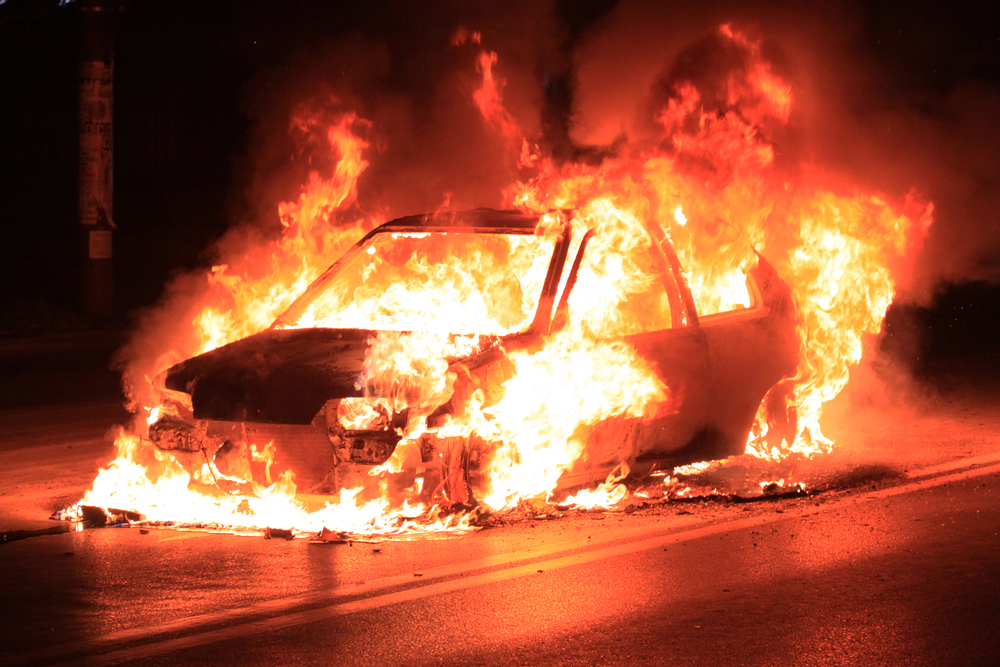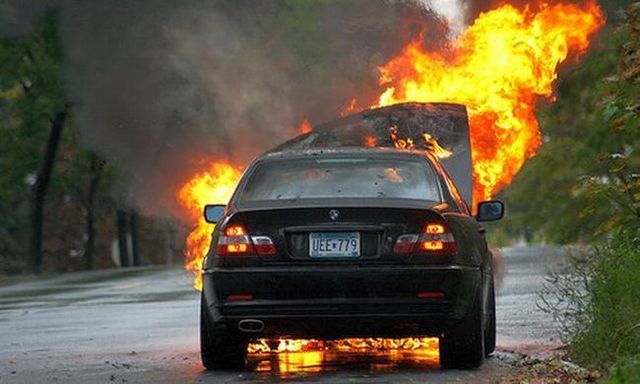

The next year Nemo shattered that with 1.25 flat. Cyber Evo’s winning time in 2010 was a 1.30 something if I recall correctly, and next year they backed it up with a 1.28’8. It undoubtedly proves the quick progression of the sport.
Car fires for a second evom pro#
It’s interesting to go back and look at past Pro Class results from WTAC’s beginnings and compare them to today’s.

While I’ve yet to hear of anyone from Japan building a car specifically for WTAC, as you see in Australia or US (the trend seems to be for Japanese tuners to get involved in WTAC after the fact), that hasn’t equated to a drop in attendance from the country and it certainly hasn’t hindered them in posting up competitive times. The Cyber Evo played a large role in channeling Japanese interesting into WTAC, however, and in the past 5 years we’ve only seen their presence growing. Unfortunately, we all know how the end of that story played out with the Cyber Evo’s indefinite retirement, and in doing so passing the torch to the Nemo and Tilton teams. Competition in the sport was advancing so quickly that it soon became apparent that if you weren’t improving, you were for sure going to be left behind. Even the Cyber Evo wasn’t immune to the changes in the 2011 to 2012 transition, in order to defend their title, Takizawa turned to C-West in hopes of gaining an advantage in aerodynamics without unbalancing the winning formula they had. Average power levels have risen, aerodynamics play a much larger role now, and tuning has come such a long way in the past decade that it’s almost hard to keep up. If there was a problem with the engine coolant sensor, or the connection from that sensor to the ECM, that could be a cause.Īs mentioned above, this can be solved, but you will probably need to find a tech with expertise on this make/model/year, and who can hook up some real-time engine diagnostic equipment.I feel like ever since the Cyber Evo set the standard for what a successful attack EVO should be, Mitsubishi devotees have been trying to redefine the level of what is considered top tier. The second is that the car’s ECM fails to transition automatically from cold to warm operating parameters. That could be due to an air leak, or a fuel pressure problem, either could cause a lean mixture, which would be most noticeable when the engine is cold. The first is that the car should run fine even on cold starts. On cold starts, another parameter set is being loaded, but the ECM never transitions to the warm parameter version for some reason. So on warm starts, it starts up fine, and runs fine indefinitely. Once engine temp reached normal temp (about 9 min), I turned off engine, started it back and like before problem was gone.Īny thoughts on what is causing this to happen?Īpparently the ECM is doing something different (setting up the engine operating parameters differently) on warm starts compared to cold starts, and whatever that is, it’s sticking for the duration of the trip. This morning it happened again, I drove it for about 5 min, engine was about 75% it’s normal operating temperature, powered it off/on, still had the misfire. This just started intermittently happening.
Car fires for a second evom code#
Turned engine off, started it right back up, like before no misfire, cleared the code and it no longer reported a misfire. You could also feel the misfire happening. Cleared the code several times and it kept reporting misfire on cylinder 2. I cleared the code and within 2-3 seconds it logged the misfire on cylinder #2 again.

I did not power off the engine, plugged in the tester and read the code which was a misfire on cylinder 2. Engine was fully warm by the time I reached the parts store.


 0 kommentar(er)
0 kommentar(er)
